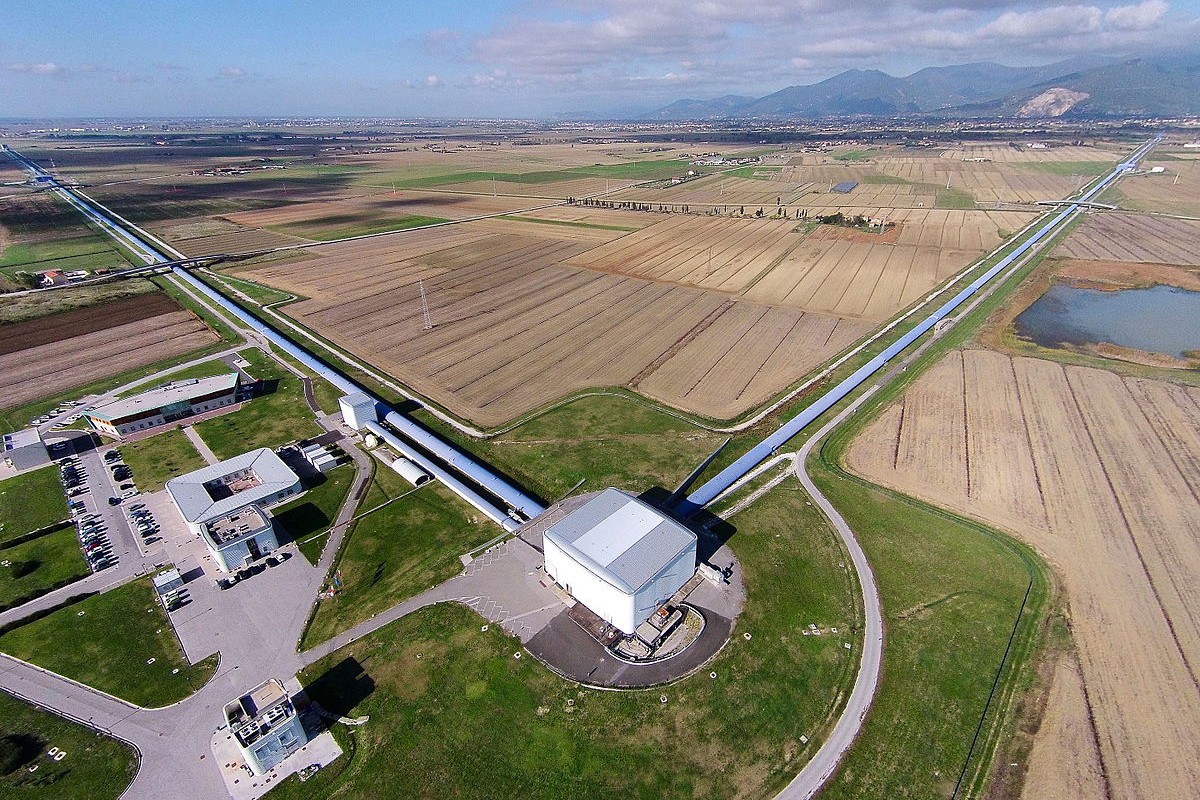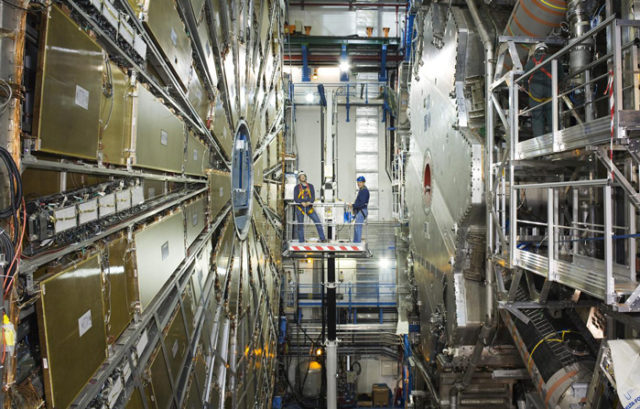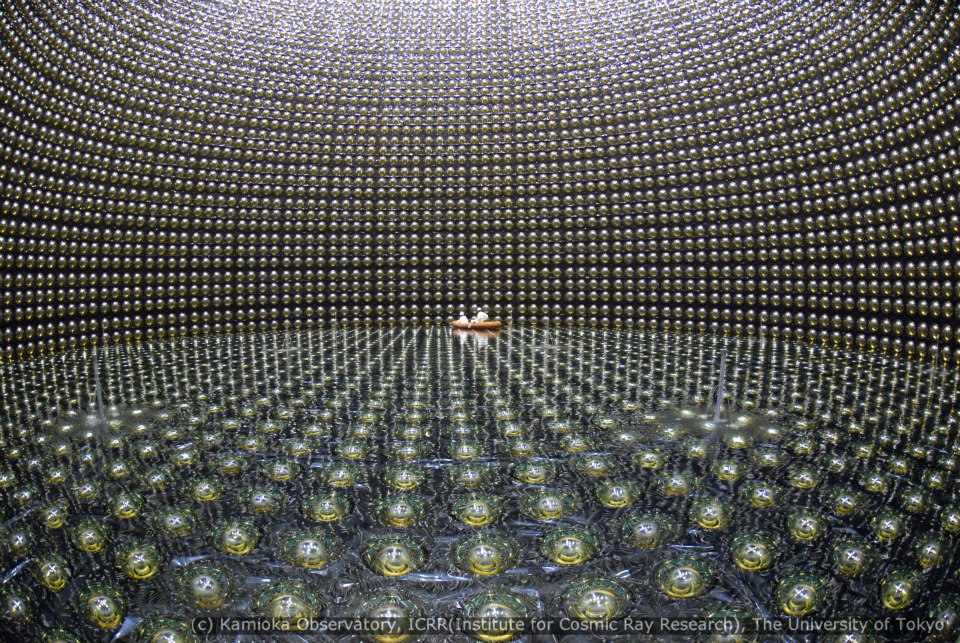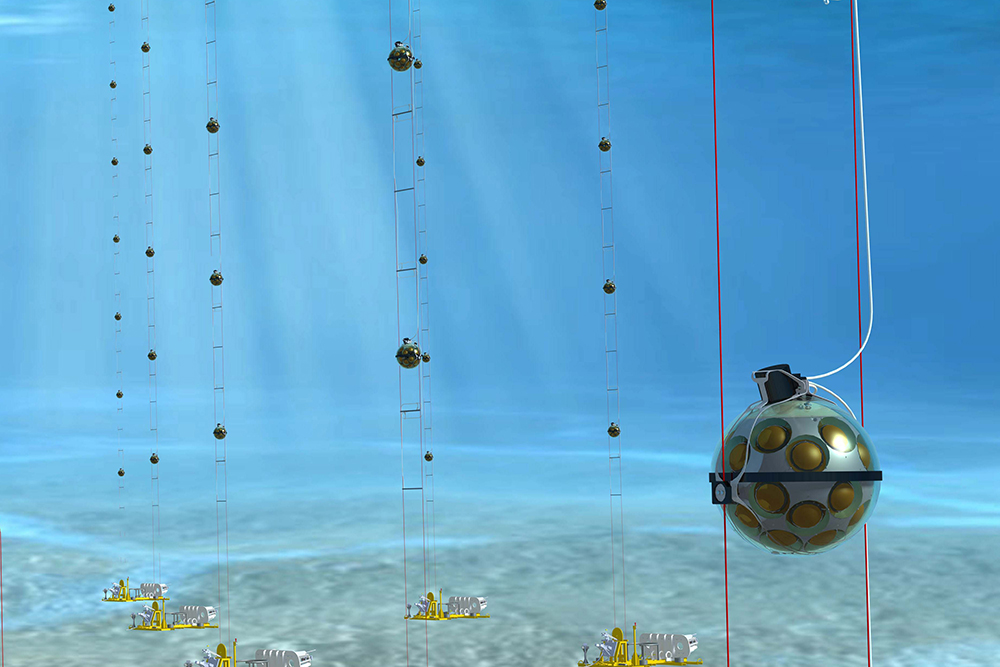For over 100 years Switzerland has hosted international organisations: today 22 of them are based in Geneva (8 of which are United Nations agencies), including CERN, the most important particle physics laboratory in the world, unique for its complexity, scientific-technological prospects and potential for industry. Italy, with INFN, participates in its activities at the highest level. The economic return of these activities is important for Italian industry, thanks to the high capacity of Italian industry to take part in the experiments with high technology products. However, the international organisations also offer Italy other opportunities that the Permanent Mission of Italy in Geneva seeks to encourage, fostering communications and supporting national skills and know-how.
What is the scenario in which the Permanent Mission of Italy in Geneva operates?
First of all, we have to make a distinction. The diplomatic networks in Geneva are divided into two spheres: bilateral relations and multilateral relations. And the Italian diplomatic network is obviously organised in this way. Bilateral relations are between Italy and the local host State, and they are followed by the Embassy and by the potential Consulates. In Switzerland the Embassy is in Berne, but diplomacy is also followed by a Consulate in Geneva. Geneva, however, is special because it is the seat of many international organisations, such as the UN, NATO, the Red Cross, CERN, the WMO (World Meteorological Organization), the ITU (International Telecommunication Union), the WIPO (World Intellectual Property Organization), the WTO (World Trade Organization), to mention just a few. And it is with these organisations that the multilateral relations are conducted.
...

The second run of data (Run O2) of the gravitational wave detectors LIGO and Virgo ended on August 25 with very interesting results, now under analysis. The Run O2 began on November 2016 with the two American LIGO interferometers that, from 1 August 2017, have been joined by Virgo, ...

The ATLAS experiment at the LHC has observed the first direct evidence of high energy photon-on-photon scattering. This is a very rare process in which two photons interact and change impulse, energy ...

A year after announcing their first findings, the T2K collaboration, of which the INFN is part, has produced new evidence of the asymmetry between neutrino and antineutrino oscillations. At the ICHEP 2016 conference, the T2K collaboration presented the first hints of a possible asymmetry between the oscillations of neutrinos and antineutrinos. ...
 OnDE: FROM OBSERVING NEUTRINOS TO MONITORING DOLPHINS
OnDE: FROM OBSERVING NEUTRINOS TO MONITORING DOLPHINS
Dolphins prefer to hunt at night. The hunting patterns of these cetaceans have been revealed in a study published recently in Scientific Reports and based on data obtained by the OnDE deep-sea experimental station, set up in 2005 at the underwater observatory of the INFN's Southern National Laboratories, at a depth of 2,100 m off the coast of Catania. Built for the main purpose of measuring underwater acoustic background noise, to investigate the feasibility of building a neutrino acoustic detector, the OnDE station also obtains important information about the behaviour of dolphins, predators at the top of the marine food chain, whose activities in their natural habitat are not yet well known. In detail, the interdisciplinary study presents an analysis of the sounds, or "clicks", produced by dolphins to echolocate, i.e. to interpret the echoes of sound waves to identify the presence of prey or obstacles. ...
cover image:
Dolphins, © Fondazione CIMA
INFN - COMMUNICATIONS OFFICE
comunicazione@presid.infn.it
+39 06 6868162